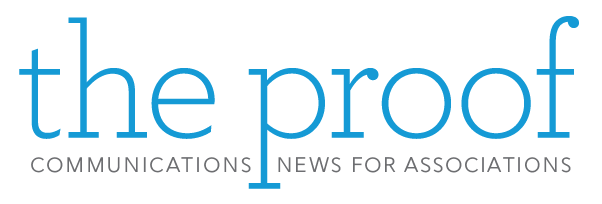
Social media is an important component of any organization’s communication strategy, but guidelines are necessary to make sure content on your site reflects the same tone and brand standards that you set in guidelines for association publications.
In “How to Write Your Organization’s Social Media Guidelines,” the author points out that unlike other organizational writing guidelines, two sets are needed for social media – one set for employees authorized to post on official organization sites and one set for all other employees or members who post content related to the association on their personal accounts.
The guidelines for the in-house team set a standard for all content that is consistent with your messaging across all platforms. Start the process to create or review existing policies by brainstorming with the team to identify items that need to be included.
The steps to create guidelines for the designated members of a team that posts on behalf of the organization include:
- Outline your team by designating who has access to what accounts.
- Store login and passwords in a secure location and communicate the importance of keeping the information private.
- Set an editorial process by having team members look over each other’s content before it’s posted to catch any potential mistakes.
- Determine who will be in charge and have the authority to respond to comments.
- Set the voice and tone you want used across all channels.
- Establish etiquette for the social media team by reminding people to be responsive, use humor only when appropriate, be polite, and be personal but not to share private information.
When offering guidance to employees or members posting association-related content on their own social media accounts, some of the more popular guidelines include:
- When in doubt, don’t post!
- Use disclaimers such as: “Hi, my name is Bob, and while I am an employee of XYZ Association, my opinions are entirely my own and do not represent the views of my employer.”
- Don’t do anything illegal.
- Beware that posts may be permanent.
- Do not reveal confidential information.
A social media policy that provides guidance for employees or members posting association-related content on their personal social media sites should emphasize transparency about their affiliation with the organization but indicate that their comments are their own personal opinions. Set expectations for tone and types of content, and outline consequences for violating the policy.
Be careful what you tell employees what they can and cannot do on their own social media accounts. It is a good idea to have an attorney review both sets of guidelines to make sure they are sound.
Taking time to review how in-house social media content is shared on official accounts as well as how employees and members share association news on their own accounts is a critical step to ensuring that the association’s reputation, brand and message are protected.
(Editor’s Note: This article is the third in a series of articles about writing guidelines. The first article about general writing guidelines appeared in December 2022, and the second article on guidelines for external submissions appeared in January 2023.)









